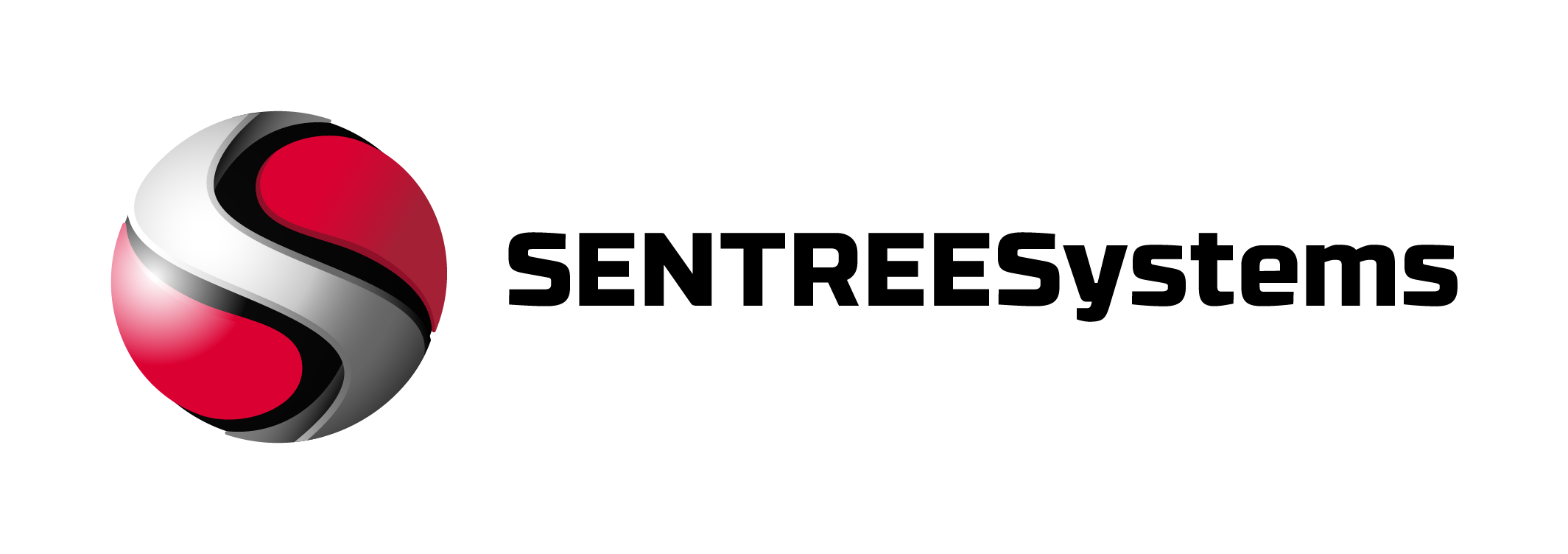Small and medium businesses face a challenging reality: most cannot afford dedicated security teams, yet they process sensitive data that attracts cybercriminals daily. AI security integration SMB solutions promise to level the playing field by automating threat detection and response—but only when integrated thoughtfully with existing systems.
Key Takeaways
- Start with endpoint detection before adding network-wide AI analytics
- Budget $15-40 per user monthly for meaningful AI-enhanced protection
- Integrate AI tools with current firewalls and email security rather than replacing everything
- Focus on automated response capabilities to compensate for limited IT staff
- Require vendor support for initial configuration and ongoing tuning
What should small businesses deploy first for AI security integration SMB protection?
Deploy AI-enhanced endpoint detection and response (EDR) before investing in network-wide analytics or advanced correlation platforms.
A 45-employee accounting firm discovered this firsthand when ransomware bypassed their traditional antivirus. The attack encrypted 200 files before manual intervention stopped it. After implementing behavioral AI at the endpoint level, similar attempts were automatically quarantined within seconds, preventing any file encryption.
This guidance reflects patterns observed across hundreds of SMB security deployments over the past eight years.
Understanding AI Security Integration SMB Technology Options
EDR vs XDR
Endpoint Detection and Response monitors individual devices using behavioral analysis. Extended Detection and Response (XDR) correlates signals across endpoints, email, and network traffic. SMBs typically benefit more from strong EDR before adding XDR complexity.
UEBA (User and Entity Behavior Analytics)
UEBA establishes baseline patterns for users and devices, flagging anomalies like after-hours database access or unusual file transfers. Most effective in organizations with consistent user patterns rather than highly variable access needs.
SIEM/SOAR vs MDR/MSSP
Security Information and Event Management (SIEM) collects logs; Security Orchestration and Response (SOAR) automates responses. Managed Detection and Response (MDR) provides 24/7 monitoring; Managed Security Service Providers (MSSP) offer broader IT security management. SMBs usually need MDR over SIEM complexity.
NIST CSF Mapping
Identify: Asset inventory and risk assessment. Protect: Access controls and data security. Detect: AI-powered monitoring and anomaly detection. Respond: Automated containment and incident response. Recover: Backup restoration and business continuity. For healthcare SMBs, this aligns with HIPAA Security Rule requirements for administrative, physical, and technical safeguards.
AI Security Technology Comparison
| Technology | What it does | Best for SMBs when |
|---|---|---|
| AI-enhanced email security | Blocks phishing, analyzes attachments, detects impersonation | High email volume or frequent targeted attacks |
| Behavioral endpoint AI | Monitors process behavior, auto-quarantines threats | Limited IT staff for manual threat hunting |
| Network behavior analytics | Identifies lateral movement and data exfiltration patterns | Compliance requirements or high-value data |
| AI-powered SIEM | Correlates events across multiple security tools | Multiple security tools already deployed |
| MDR with AI | 24/7 threat hunting and response using ML algorithms | No internal security expertise available |
How much should a 25-person company budget for AI cybersecurity integration?
Expect to spend $375-1,000 monthly for comprehensive AI-enhanced protection across email, endpoints, and network monitoring.
- Email security with AI: $3-8 per user monthly for advanced threat protection
- AI-powered endpoint protection: $8-15 per user monthly for behavioral analysis
- Network behavior analytics: $200-400 monthly flat fee for SMB-focused platforms
- MDR services: $2,000-5,000 monthly depending on coverage scope
Measure return on investment through reduced incident response time, prevented breaches, and decreased downtime. The CISA Small Business Resources provide frameworks for calculating cybersecurity ROI based on business impact rather than just tool costs.
Why do AI security tools fail in small business environments?
Most failures stem from insufficient initial configuration and lack of ongoing tuning rather than technology limitations.
Common integration mistakes include deploying multiple AI tools without coordination, expecting immediate results without training periods, and failing to customize detection rules for business-specific workflows. AI systems require 2-4 weeks of baseline learning before reaching optimal detection accuracy.
Successful implementations involve gradual rollouts, starting with one technology area and expanding after achieving stable operations. Partner with vendors offering configuration support rather than self-service platforms unless you have dedicated security expertise.
Small Business AI Security Implementation Checklist
- Assess current security gaps through vulnerability scanning and penetration testing
- Deploy AI-enhanced email security as the first line of defense against phishing
- Implement behavioral endpoint protection on critical systems and user devices
- Integrate with existing firewalls and network monitoring tools for data correlation
- Establish automated response protocols for common threat scenarios
- Configure user behavior baselines during normal business operations
- Set up alert prioritization to focus on high-confidence detections
- Test incident response procedures with simulated AI-detected threats
- Schedule monthly tuning sessions to reduce false positives and improve accuracy
- Document AI decision processes for compliance and audit requirements
Choosing Between Cloud and On-Premise AI Security
Cloud-Based AI Advantages
Cloud solutions offer faster deployment, automatic updates, and access to larger threat intelligence databases. Most SMBs benefit from cloud-based AI security due to lower upfront costs and reduced maintenance overhead.
On-Premise Considerations
On-premise AI makes sense for organizations with strict data residency requirements or highly customized network architectures. However, this approach requires significant internal expertise for system maintenance and threat model updates.
Hybrid Approaches
Many SMBs adopt hybrid models with cloud-based threat intelligence feeding on-premise detection engines. This balances data control with access to global threat patterns and reduces the burden of maintaining current threat signatures.
Business email compromise defense for small businesses
AI-Powered Email Analysis
Modern email security uses natural language processing to detect social engineering attempts, financial fraud indicators, and executive impersonation. These systems analyze writing patterns, urgency language, and request anomalies beyond traditional spam filtering.
Integration with Existing Email Systems
AI email security typically deploys as a cloud service that processes messages before delivery to Microsoft 365, Google Workspace, or on-premise Exchange servers. This approach requires no changes to user workflows while adding advanced threat detection capabilities.
Conclusion
Effective AI security integration SMB strategies focus on augmenting existing defenses rather than wholesale technology replacement. Start with email and endpoint protection, establish proper baselines, and gradually expand capabilities as your team gains experience with AI-powered tools. The key lies in choosing solutions that reduce rather than increase operational complexity.
FAQ
What’s the most cost-effective AI security solution for a 10-person business?
AI-enhanced email security provides the best initial protection for most small teams, typically costing $30-80 monthly while blocking the majority of successful attack vectors. This represents better ROI than endpoint solutions for very small organizations with limited attack surface.
Can AI security tools replace traditional antivirus completely?
No, AI security integration SMB approaches work best alongside traditional signature-based detection. AI excels at detecting unknown threats and behavioral anomalies, while traditional antivirus efficiently blocks known malware with minimal system impact.
How long before AI security tools start providing value?
Email security improvements appear within days of deployment. Endpoint behavioral analysis requires 2-4 weeks of learning before reaching full effectiveness. Network behavior analytics may need 6-8 weeks to establish reliable baselines in complex environments.
Do AI security tools work without dedicated IT staff?
Cloud-based AI security platforms designed for SMBs can operate with minimal oversight once properly configured. However, initial setup and ongoing tuning typically require either internal IT expertise or managed service provider support.
What compliance requirements apply to AI security tools?
AI systems processing personal data must comply with GDPR, CCPA, and industry-specific regulations like HIPAA. Ensure vendors provide data processing agreements and maintain compliance certifications relevant to your industry and geographic location.
Should small businesses use free AI security tools?
Free tools may provide basic protection but lack the advanced features, support, and integration capabilities that small businesses need for comprehensive security. The cost of a security incident typically far exceeds investment in commercial AI security solutions.
How do I measure if AI security integration is working?
Track metrics including mean time to detection (MTTD), false positive rates, blocked threats per month, and incident response time. Effective AI implementation should show decreasing response times and increasing threat detection without overwhelming your team with alerts.



